
From Medicine to Art: Dr. Emma Cheng’s Inspiring Journey
Emma Cheng, who lives in San Francisco, used to be a medical worker. But now, she’s a full-time freelance illustrator, drawing pictures for a living. In this story, she tells us how her old job is helping her with her new one.
Art and science might seem like they have nothing in common, but Taiwanese illustrator Emma Cheng shows us how they can actually go hand in hand in an amazing way. She used to study both medicine and design in Taiwan, and later on, she even became a fellow in a program for innovative biomedical work at Stanford University. Emma says her background in healthcare really inspires her art.
She explains, “I’ve been both a patient and a doctor, so I’ve felt the ups and downs that come with it. These experiences have deeply touched me, and I want to share the stories and emotions that come with health and life through my illustrations.”
We had a chat with Emma to find out more about her impressive career journey. She shared why she decided to switch careers, the challenges she faced along the way, and why she just couldn’t resist the world of illustration.
We asked her some questions on choosing this incredible path in her life:
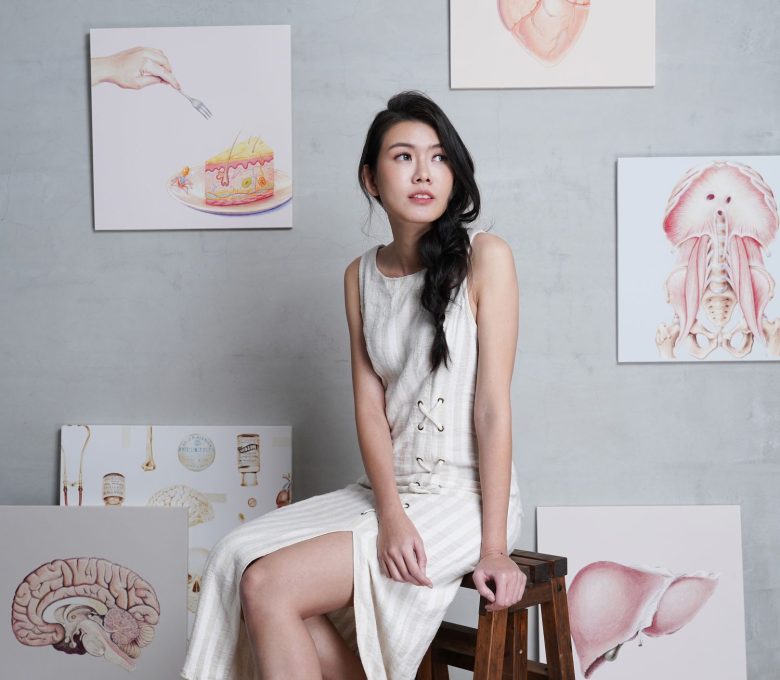
Hi Emma! When did you know you wanted to be an illustrator?
I’ve had a passion for drawing ever since I can remember, from the time I was little and could barely hold a pen. When I was just 5 years old, someone asked me what I wanted to be when I grew up, and I blurted out “an artist” without a second thought. Deep down, I always knew that being an artist was my true calling.
However, in Taiwan, being a doctor is considered one of the most respected and well-paying professions in society. Given my good grades and test scores, it felt like life was pushing me in that direction.
Everyone around me kept saying that I’d struggle to make a living as an artist, making me believe that it was nothing more than a silly dream! It wasn’t until I was 28 years old, working as a medical resident, that I started to seriously consider how I could realistically pursue my passion for art.
Who are your biggest artistic inspirations, and why?
I find a lot of inspiration from different sources. One person who really inspires me is Frank H. Netter. During my time as a medical student, I spent a lot of hours with his anatomy textbooks, studying his incredibly detailed drawings. I had to memorise nearly every detail in his pictures for my anatomy tests, so those images are etched into my memory.
In terms of technique, I’m a big fan of Minni Havas’s artwork. I also use colored pencils for my drawings, and I’m amazed by how Minni Havas uses them to create playful and realistic images with unique color combinations that evoke strong emotions.
Another artist who captivates me is Armando Veve. He inspires me both in terms of subject matter and technique. His intricate drawings bring his imaginative artwork to life. When I look at his illustrations, I feel like there are countless stories waiting for me to explore.
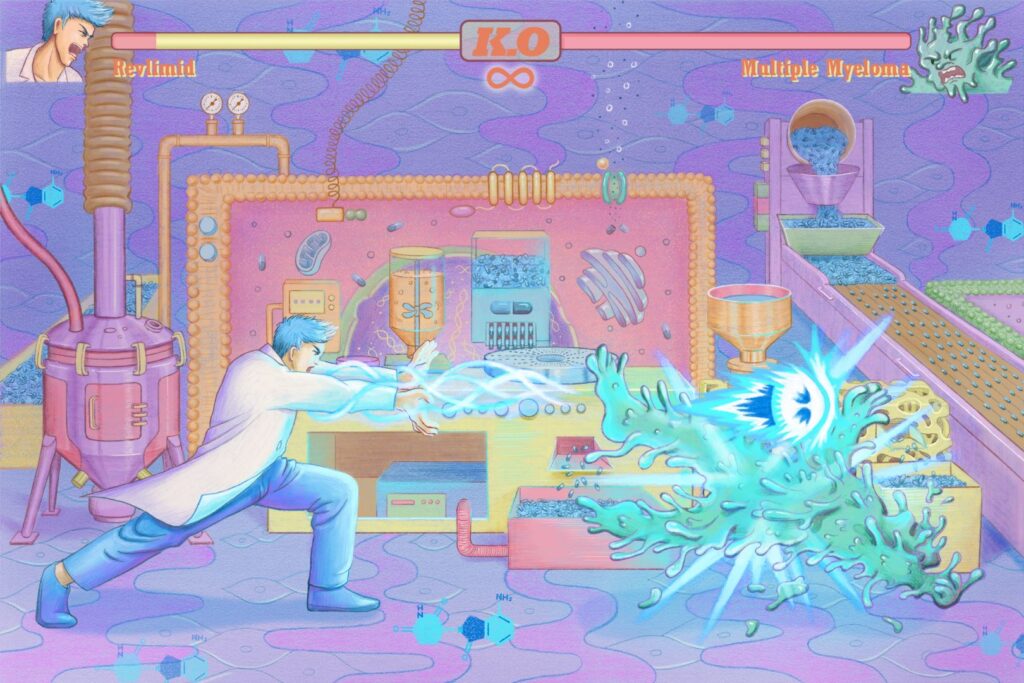
How would you describe your style?
That’s very ‘Emma’! It sounds like artistic style is similar to a TV drama series called “Health,” where you blend warmth, quirkiness, and whimsical elements together.
How has your art evolved and developed over the years?
I initially explored various art mediums and discovered that I loved working with colored pencils the most because of their texture and the beautiful gradients they create when blended. I drew a wide range of subjects, from animals and plants to food, but it was my medical art that started getting a lot of attention.
As a result, I shifted my focus to drawing human organs to emphasise the importance of health and the beauty within our bodies. To make my art more accessible, I turned them into products that people could carry with them as daily reminders.
Afterward, I decided to add more stories to my art because storytelling is one of the things that draws me to illustrations. Alongside expanding the narratives in my work, I constantly work on improving my skills. Nowadays, I use not only colored pencils but also digital tools like Photoshop and Procreate to achieve the desired results more efficiently.

You juggled illustration with being a medical doctor, but what made you finally switch?
The idea of changing careers came to me while I was working as a medical resident. I realised that being a resident didn’t leave much time for my artistic pursuits. So, after discussing it with various people, I made a bold and difficult decision to leave my residency training at a big hospital.
This decision was especially tough because I faced disapproval from those around me, including people close to me. I then chose to work in cosmetic medicine clinics where the hours were more flexible, giving me more time to learn, draw, and, of course, save money.
During the years when I was both an MD and an illustrator, I created many artworks and built an online shop with a growing audience. The demand for my cosmetic medical services also increased significantly. I found myself at a point where both careers required more of my time and dedication. It felt like I was dating two people, and eventually, I had to make a decision.
However, the reason for the career switch is quite simple. I got married and had to move to the US with my husband. I didn’t plan to continue practicing medicine. Instead, I saw this as the perfect opportunity to fully dedicate myself to my art and see how far I could go with it.
Why do you think you could not stay away from illustration?
I took breaks from art while I was growing up, especially when I was focused on my studies. However, I couldn’t help but be drawn to anything that had beautiful illustrations on it, whether it was books, clothes, or packaging. Every time I came across something like that, it sparked a desire in me to create something of my own.
Even when I was a medical student, I used my free time to learn digital drawing as a hobby. I also took on a part-time job as a graphic designer at my school’s library. The need to create has always been a big part of who I am. I need a specific outlet and dedicated time to bring my ideas to life and set them free.

How working as a medical doctor informed your art?
I think that being a doctor has given me certain qualities like logic, having high standards, and paying close attention to details, and these qualities greatly influence my art. I also enjoy coming up with ideas that range from the very small to the big picture, all based on anatomy and physiology. This way of thinking allows me to approach concepts in a unique way.
For example, when most people think about a campaign to encourage quitting smoking, they might imagine certain visuals. But I like to do things differently. I draw lots of happy and smiling alveoli, those tiny air sacs in the lungs. This unconventional approach, I believe, sets my work apart and creates a visual representation that you might not find anywhere else.
Tell us a bit more about the project you're currently working on.
I’ve noticed there are many interesting healthcare awareness days throughout the year, like World Thyroid Day, World No Tobacco Day, and International Day of Action for Women’s Health. I believe there’s a more engaging way to share the important information behind these days, so I’ve taken on the challenge.
On selected healthcare awareness days, I’ll share illustrations on my Instagram, and I’ll include key information in the captions. It’s really fun to see how people engage with these topics. After all, raising awareness is the first step towards making a change. It can be frustrating when patients keep coming back with poorly managed conditions.
My goal is to use my art to increase people’s awareness of important health issues. I plan to keep up this exciting project for a year and see where it takes us!
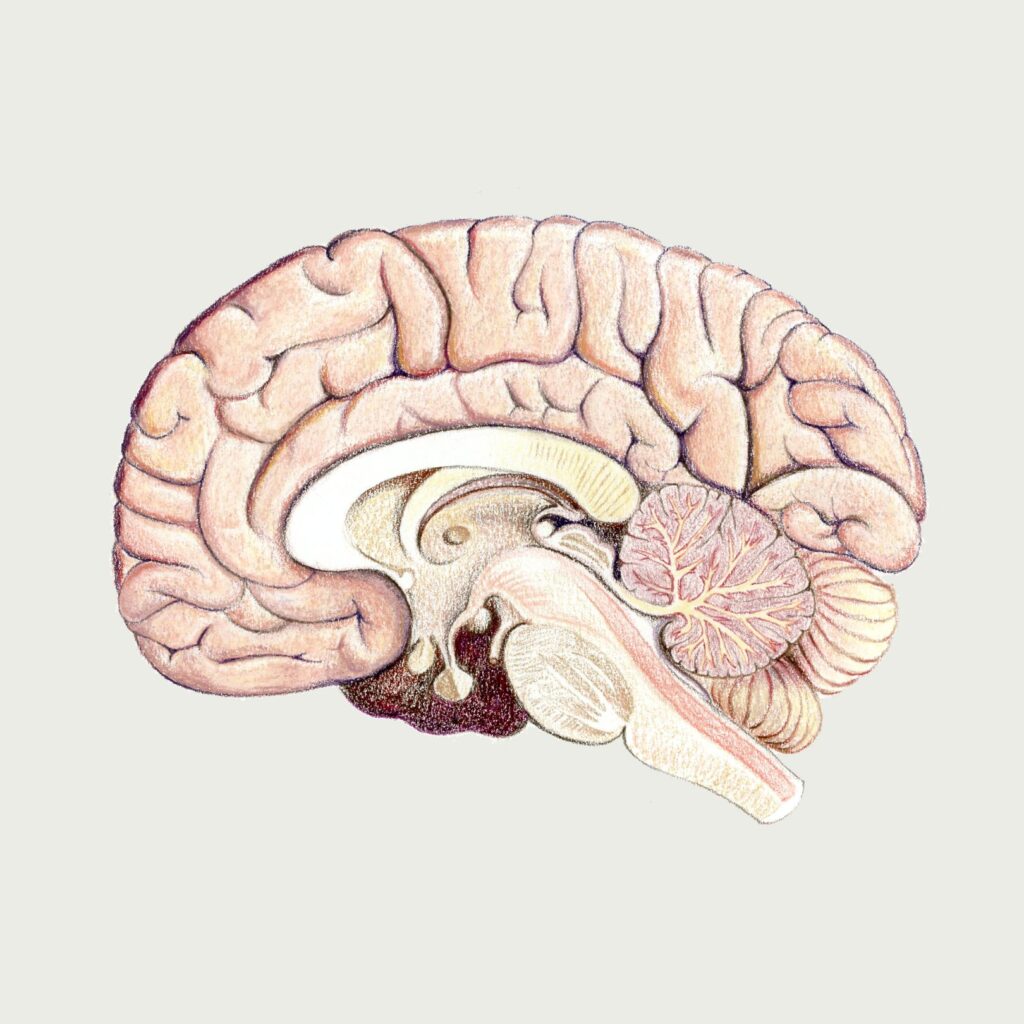
What was your biggest challenge when switching from being a doctor to becoming an illustrator?
I’ve faced four significant challenges on my journey:
Firstly, as a doctor, I was used to following strict guidelines to treat patients. But as an illustrator, I had to find my own unique style. At first, breaking away from the rules felt uncomfortable. However, with practice and exploration, I realised that not following the guidelines is essential for an illustrator. It allows me to be true to myself and express my creativity authentically.
The second challenge is perfectionism. It’s a common trait among doctors, who are not only driven by the competitiveness of their field but also by the immense responsibility for people’s lives. I used to be a stubborn perfectionist when working on my illustrations. But I soon realised that it was slowing me down. Now, I consciously identify and skip unnecessary details while drawing to boost my productivity.
Another challenge I encountered was the lack of a clear career path. In the medical profession, there’s a well-defined ladder to climb, with tests to pass along the way. You don’t have to worry too much about your future. However, as a freelance illustrator, you have to build your own path.
When I started, I had no idea how to plan the life of an illustrator. I improvised, sometimes losing my direction and doing whatever came to mind. But as a full-time illustrator, I have more time to reflect on my schedule, which helps me identify issues. I also invest time in learning, taking online courses, reading books, and searching online to improve my working style. Creating daily, monthly, quarterly, or even yearly plans has proven incredibly beneficial.
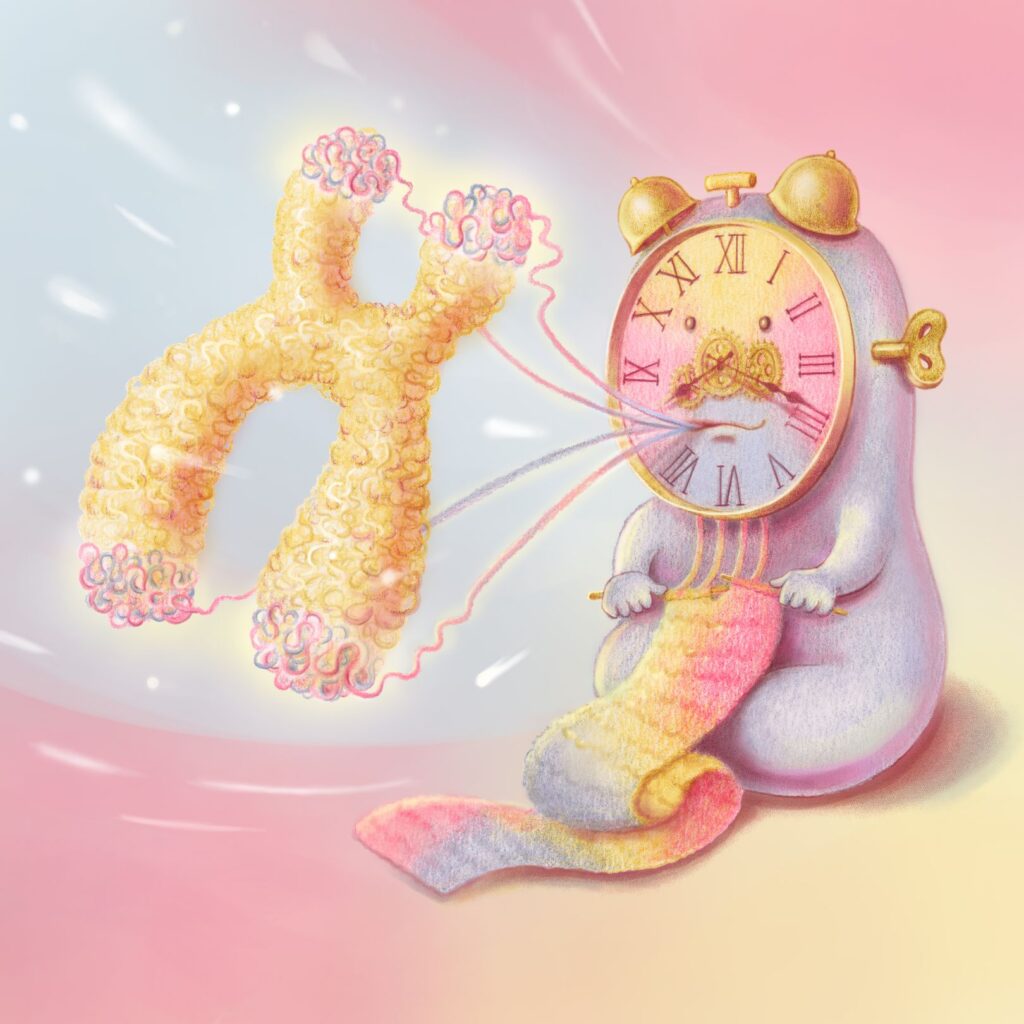
Lastly, I encountered the challenge of adjusting my lifestyle, and I didn’t fully appreciate it until recently. In the medical field, it’s often necessary to sacrifice personal well-being, including time with friends and family and even a good night’s sleep. But as an artist, taking care of your well-being is crucial because it’s the foundation of creativity.
For many years, I lived as an artist with the mindset of a doctor, sacrificing a lot for my work. Sacrifice is almost a norm in medicine, and I thought I could achieve more in art by adopting the same approach. However, I soon realised I was wrong.
I initially ignored mild wrist pain caused by excessive painting, which eventually got worse and forced me to temporarily stop drawing. Fortunately, things improved significantly after I learned to take better care of myself.
It’s important to regularly reflect on your life. Overcoming these challenges has strengthened my determination and ultimately enriched my artistic journey.
Never miss any important news. Subscribe to our newsletter.
Related News


British Investor Who Predicted US Slump Warns of Next Crash

I’m a Death Doula: 4 Reasons I Believe Death Isn’t the End
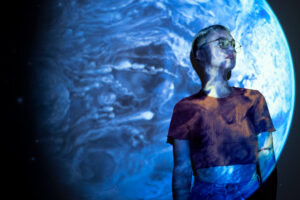

Tech to Reverse Climate Change & Revive Extinct Species

AI Unlocks the Brain’s Intelligence Pathways

XPENG Unveils Iron Robot with 60 Human-like Joints

Can AI Outsmart Humanity?

11 ChatGPT Prompts to Boost Your Personal Brand
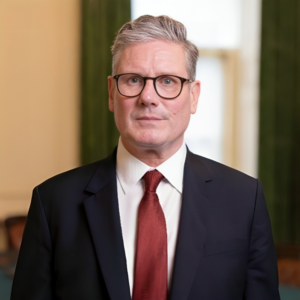
Keir Starmer Hints at Possible Tax Hikes on Asset Income

Navigating the Future of AI: Insights from Eric Schmidt
